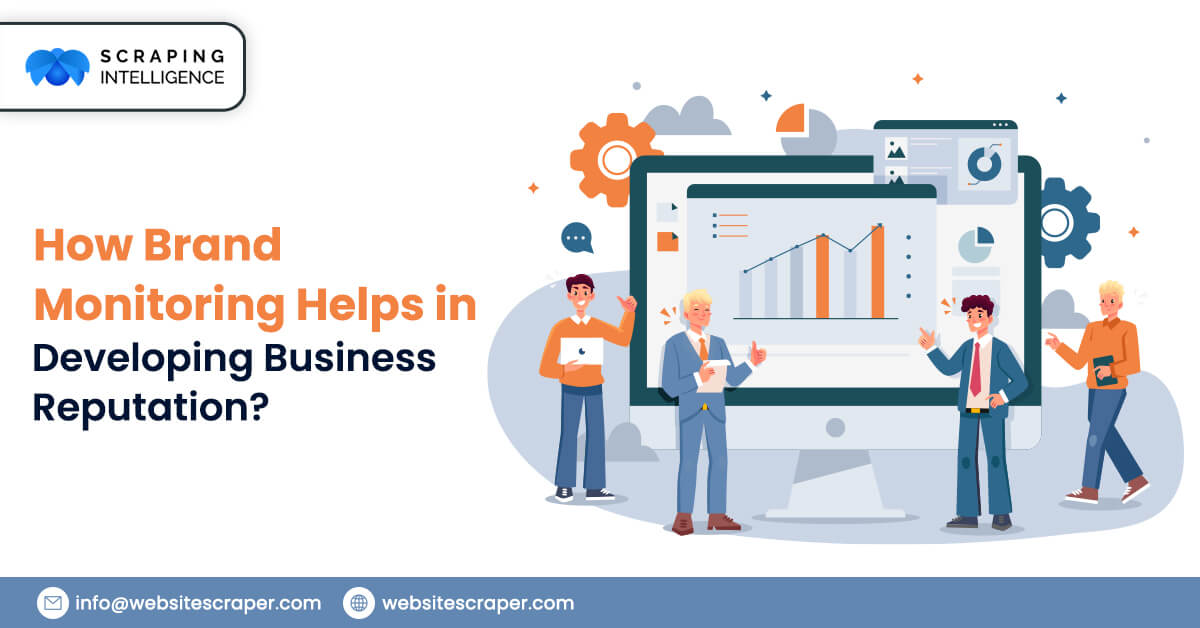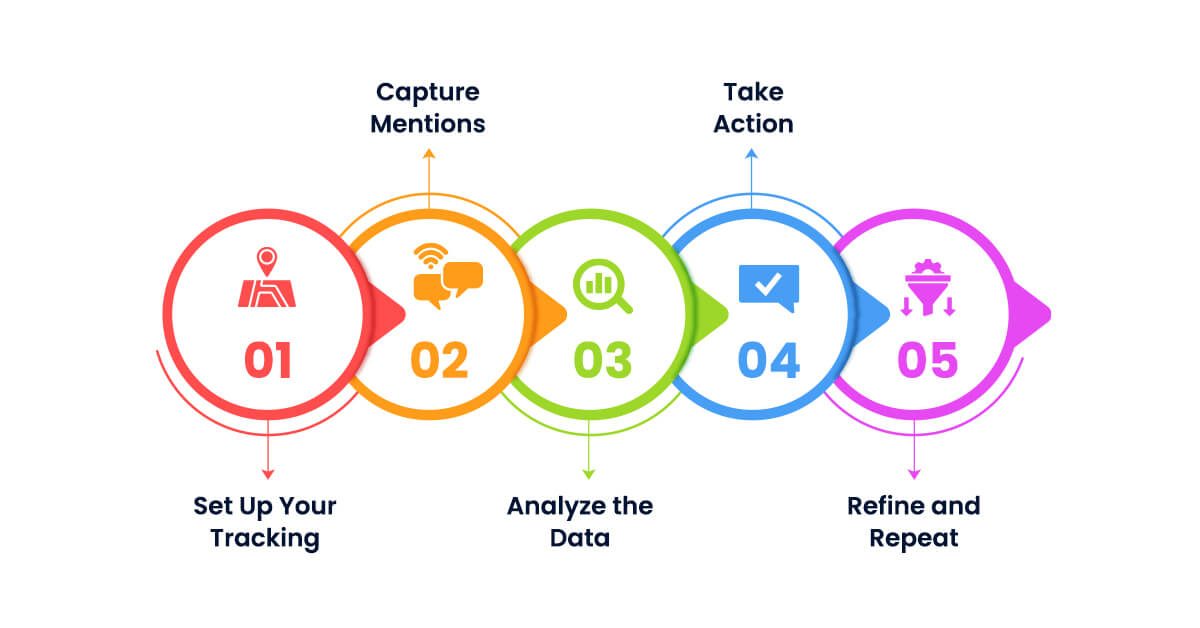
Brand monitoring, an often-underestimated task in the digital world, acts as the eyes and ears of your business in the vast expanse of the internet. In today's digital age, your brand exists far beyond your physical storefront or company website. Traditionally, brand perception was shaped through advertising and media coverage. However, the rise of social media and online review platforms has fundamentally changed the game. Customer experiences and opinions can spread like wildfire, impacting brand image significantly. This is where brand monitoring comes in, a crucial practice for businesses of all sizes to understand their online presence, reputation, and customer sentiment. Let us explore the world of brand monitoring, explaining what it is, why it's important, and how it can benefit your business.
Brand monitoring means always keeping an eye on where and how your brand is mentioned online. This involves monitoring different channels on the internet where people might talk about your brand, such as social media sites like Twitter and Facebook, news articles, forums, review websites, and blog comments. When you pay attention to these discussions, you learn a lot about what people think of your brand, how popular your brand is, what the latest trends are in your industry, and what your competitors are up to.
In today's digital age, where online conversations are everything, brand monitoring has become an essential business practice. Here's why:
Your brand image is your money. Brand Monitoring helps you identify and fix negative sentiments of people so you minimize the impact on brand reputation.
By listening to customer feedback online, you can quickly address concerns to improve satisfaction and brand loyalty.
Brand conversations reveal what customers like and dislike about your offerings. Use this data to improvise existing products and develop new ones.
Watching what people say about your brand online can help you find good comments and figure out who might want to buy from you. This lets you advertise to those people with deals they'll be interested in.
Social media and online forums provide a goldmine of customer insights. Brand monitoring lets you participate in conversations and connect with your audience better.
Keep an eye on your competitors' online presence. Learn from their strategies, identify their weaknesses, and use that knowledge to gain a competitive edge.
Did your latest marketing campaign hit the mark? Brand monitoring helps you measure campaign effectiveness and optimize future efforts for better results.
It's important to identify brand problems early. By monitoring online conversations, you can prevent issues from getting worse before they become big problems.
Brand monitoring helps you keep track of what's happening in your industry and what people are talking about. This helps you plan and adjust your plans to stay ahead of others.
Find people who really like your brand on the internet and build a relationship with them. These loyal connections will help you advertise your brand locally through word-of-mouth.

Brand monitoring is an ongoing process, but it can be broken down into clear steps:
There are many tools available for brand monitoring, both free and paid. The best tool for you will depend on your specific needs and budget. Here are some of the most popular options:
A free and easy way to track mentions of your brand name and keywords across the web. You can set up alerts to be delivered to your email inbox daily or as they happen.
Most social media platforms offer built-in analytics tools that can track mentions and engagement for your brand pages and profiles. This is a great way to see how your brand is performing on social media and identify areas for improvement.
These platforms offer a wider range of features than free tools, such as sentiment analysis, competitor tracking, and influencer identification.
Social listening tools go beyond brand monitoring to help you understand the broader conversation about your industry or niche. These tools can help you identify trends, track competitor activity, and find potential brand ambassadors.
While free tools offer a starting point, third-party brand monitoring platforms unlock a deeper understanding of your online presence. Here's why they're valuable:
These platforms offer powerful tools like sentiment analysis to gauge audience mood (positive, negative, neutral) and identify emerging trends.
See what your competitors are up to and how they're being perceived online. This allows you to adapt your strategy and stay ahead of the curve.
Go beyond mentions of your brand name. Track industry conversations, identify influencers, and discover potential brand advocates.
Manage all your brand monitoring needs in one place. This saves time and allows you to easily track and respond to mentions across various channels.
Free tools might struggle with a large volume of mentions. Paid platforms can handle bigger datasets and grow with your brand.
Don't just track your brand name. Include relevant industry terms, product names, and even misspellings to capture the full picture.
Don't just collect data. Analyze it to understand what's working and what's not. Use these insights to refine your marketing strategy and address customer concerns promptly.
Consider platforms that integrate with your existing marketing tools for a streamlined workflow.
What do you want to achieve with brand monitoring? Identify these goals to guide your analysis.
Don't just react to every mention. Respond promptly to concerns and leverage positive mentions in your marketing.
Brand monitoring isn't just about eavesdropping; it's about actively engaging with your audience. It's a way to build stronger relationships, address concerns, and ultimately, make your brand a success story for the ages to come. Investing in the right tools or a trusted brand monitoring platform gives you valuable insights and the ability to take strategic action, ultimately strengthening your online reputation and brand image. Scraping Intelligence is one such platform that can create a robust brand monitoring system and help you stay ahead of the curve by building a strong online reputation and empowering you to take targeted actions for brand success.





